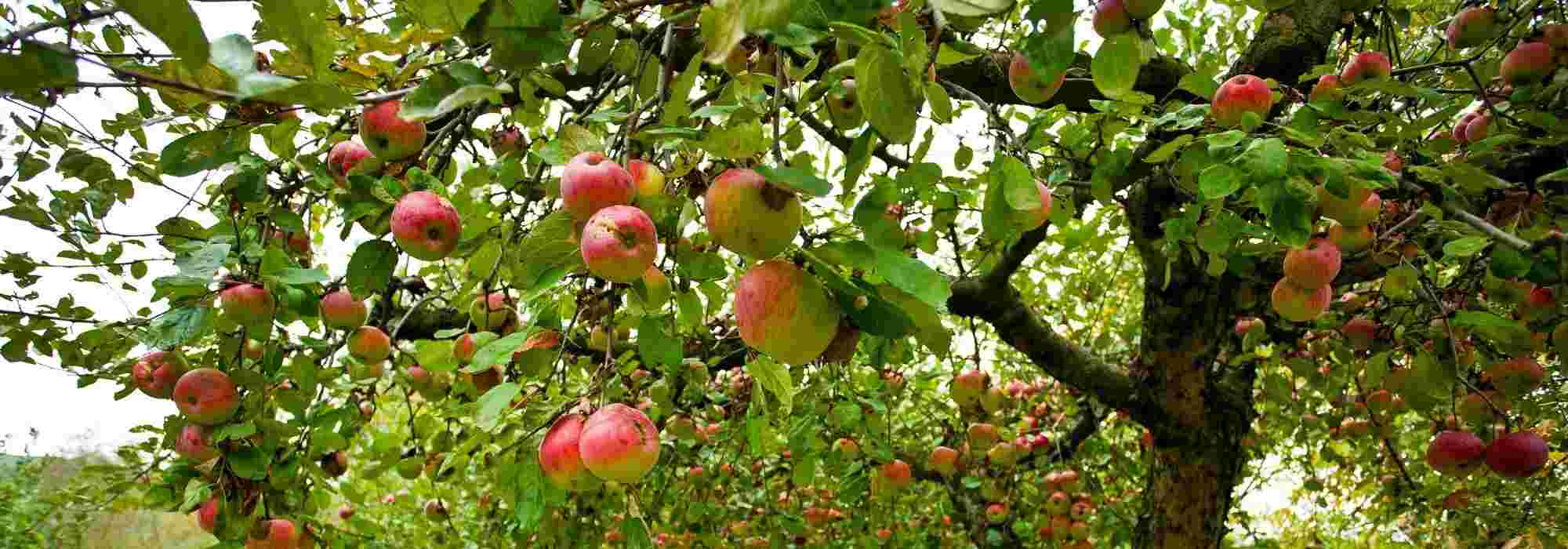
Fruit trees: bare roots, in clumps or in pots?
Advantages and disadvantages of each packaging type
Contents
Whether you’ve opted for a classic apple tree, a more exotic kiwi liana, a few strawberry plants, or a dwarf fruit tree for your balcony, you have certainly noticed that different packaging options are available for sale.
When purchasing a fruit tree, you indeed have several choices: young plant with bare roots, in a pot, or in a clump, depending on the time of year. This choice will affect the purchase price and the planting constraints.
So which one should you choose for your garden? Let’s look at the advantages and disadvantages of each of these options.
Bare root fruit trees
These subjects consist of the plant with the aerial parts devoid of vegetation (leaf, flower) and with the roots protected only by a little substrate. There is therefore no pot or container.
Plants with bare roots are generally available for deciduous trees and bushes (which lose their foliage at the end of the season).
The fruit tree is uprooted from the ground in autumn, before shipping or purchase. As a result, the subjects are more fragile and do not have the nutrients provided by the substrate. Planting should therefore be done as quickly as possible to prevent the roots from drying out (within 3 to 4 days maximum). If immediate planting is not possible, the fruit tree should be kept in a gauge, in light substrate, in a shaded and sheltered position.
For planting a large number of fruit trees, in an orchard or to create a fruit hedge for example, this is the most economical solution.
When to plant fruit trees with bare roots?
Fruit trees with bare roots should ideally be planted in autumn or early spring outside of frost periods, roughly between October and February. This is their period of vegetative rest.
At Promesse de fleurs, fruit trees are indeed delivered with bare roots during this period.
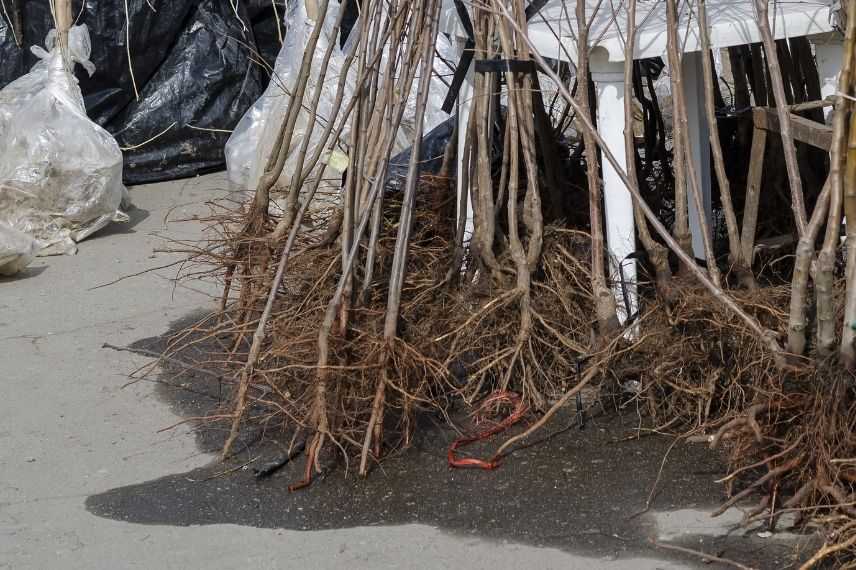
How to plant fruit trees with bare roots?
One of the characteristics of plants with bare roots is that they require a little extra preparation aimed at promoting recovery, protecting the weakened roots, and preventing the formation of air pockets: the coating or pralinage of tree and bush roots.
To successfully plant, follow our advice.
- Check the root system: the roots should be healthy, without injuries or fungi, balanced in relation to the rest of the plant
- Using clean, sharp pruning shears, remove any excessively long, dead, or damaged roots
- Prepare a pralin by mixing garden soil, well-decomposed manure or compost, and water to obtain a sort of paste (it is also possible to buy a ready-made preparation at a garden centre)
- Dig a hole twice as wide as the spread of the roots and loosen the soil if necessary
- Dip the bare roots in the pralin for several minutes
- Plant your fruit tree in the hole, possibly with a stake (find our tips for properly staking a fruit tree in the dedicated tutorial)
- Gently replace the substrate around the roots and the plant, firm it down, and create a small basin around the plant to optimise watering
- Water abundantly and mulch (dry grass, RCW, hemp…)
In summary
Pros:
- cheaper to purchase
- easier to transport
- promotes recovery and vigour of the plant
- ideal for planting in numbers
Cons:
- more fragile plants that cannot be stored as is (immediate planting)
- not available all year round, limited period from October to March
- reduced choice of fruit trees and bushes
- requires an additional action at the time of planting (pralinage)
Read also
How to plant a fruit tree?Potted or Container Fruit Trees
Potted or container fruit trees are widely available. These specimens are generally sold in pots of several litres, and their age can vary. It is worth noting that a young tree or bush will generally have a better chance of establishment than a specimen that is already mature.
When purchased in spring or summer, the fruit tree may already have leaves and flowers. The decorative effect is thus immediate, making it ideal for filling a space or quickly greening an area.
At Promesse de fleurs, fruit trees are delivered in pots of 15 to 20 litres in spring, ready to bear fruit in the first year after planting.
When to plant potted fruit trees?
Potted or container fruit trees are available all year round.

How to plant a fruit tree in a pot or container?
Planting a fruit tree in a pot is simple. However, it is essential to check beforehand that the plant’s roots, often cramped in the pot, have not formed a root ball that could hinder establishment. Consult our dedicated advice sheet to understand and avoid root balling.
- Soak the root ball in a bucket of water for a few minutes to rehydrate it
- Dig a hole twice the volume of the root ball and loosen the soil if necessary
- Free the roots of the specimen
- Place the fruit tree and set up a stake if needed
- Backfill the hole and firm the soil
- Water generously
Regular watering will be necessary in spring and summer during the first year after planting to facilitate establishment, even for fruit trees that will prove to be less thirsty when mature, as their root system is generally not yet sufficiently developed.
In summary
Advantages:
- available all year round
- wide selection of specimens
- planting possible in any season (except during frost and extreme drought)
- planting can be easily postponed to a more suitable time
- easy planting, with no special care required
- immediate effect in the garden
Disadvantages:
- more expensive to purchase (much less economical, especially for large-scale planting)
- possible root balling
- plastic container not very eco-friendly
Discover other Fruit trees by variety
View all →Available in 1 sizes
Available in 1 sizes
Available in 2 sizes
Available in 0 sizes
Available in 2 sizes
Available in 0 sizes

Available in 1 sizes
Available in 1 sizes
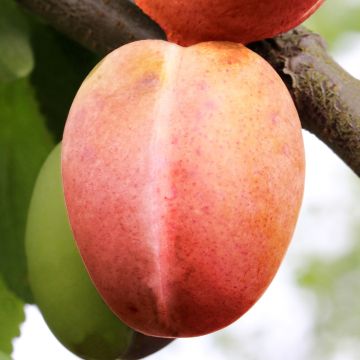
Available in 1 sizes
Available in 2 sizes
Rooted fruit tree
Fruit trees and bushes in clumps are becoming increasingly difficult to find. This packaging is generally offered for evergreen shrubs (strawberry trees, lemon trees,…)
These plants have the particularity of not being grown in potting soil, but in real soil, which is extracted in clumps with the plant. The clump is then wrapped in a biodegradable net or fabric. The roots are thus protected and less traumatised, whether during extraction or transport.
Upon purchase, check that the plant has a nice, balanced, and well-compacted clump, indicating the good health of the root system.
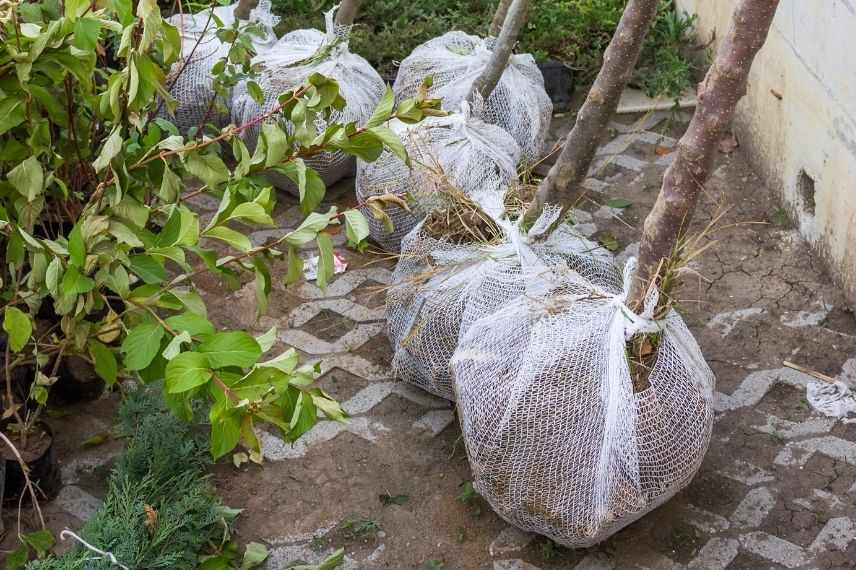
When to plant fruit trees in clumps?
Planting should be done quickly after purchase, to avoid the clump drying out. Plants in clumps are available during their dormant period, roughly the same as bare-root plants, from October to March-April.
How to plant fruit trees in clumps?
Planting is done in the same way as for a potted fruit tree.
- Dig a hole larger than the volume of the clump
- Place the plant in it
- Fill in the hole and firm it down
- Water generously
In summary
Pros:
- high-quality plant (grown in open ground and less weakened)
- excellent recovery
- easy planting, with no special care needed
- no waste
Cons:
- more expensive
- heavier and more difficult to transport
- limited purchase period
- limited planting period
- increasingly less available for sale
- Subscribe!
- Contents
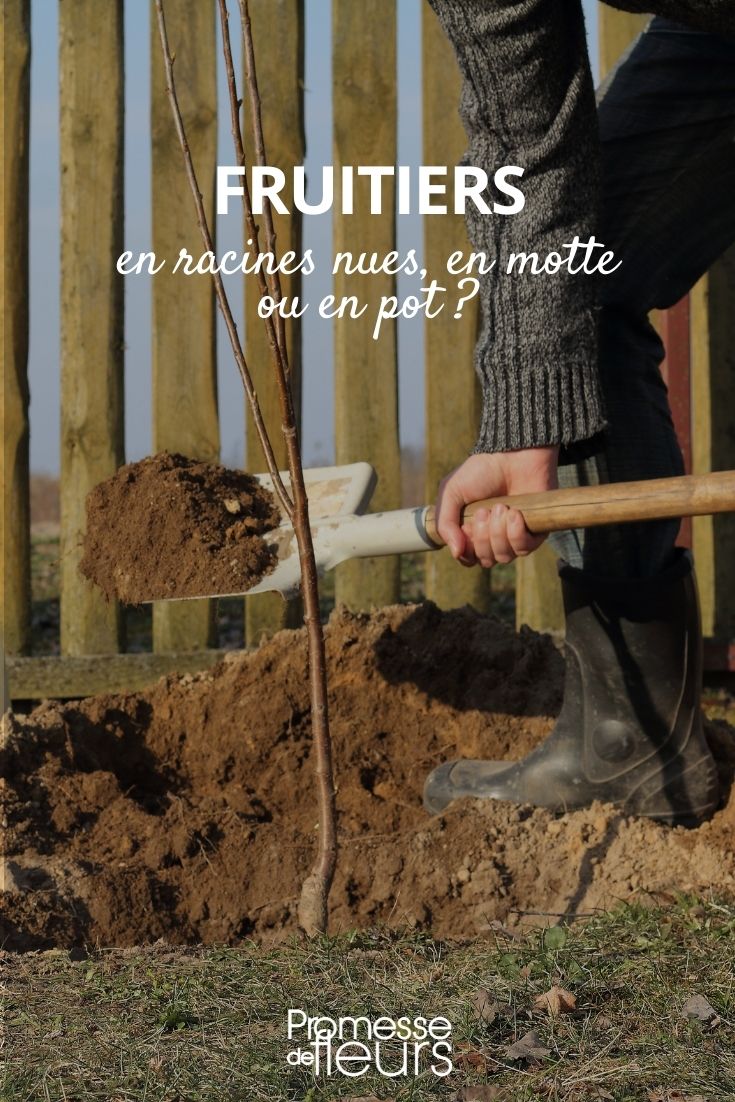






























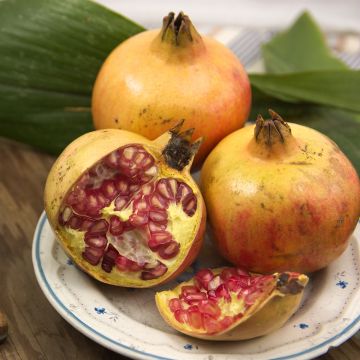
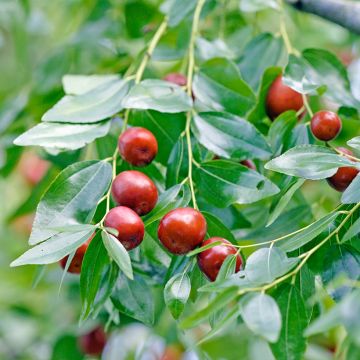

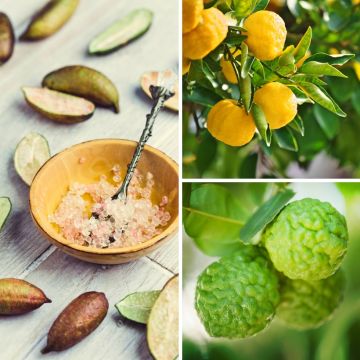



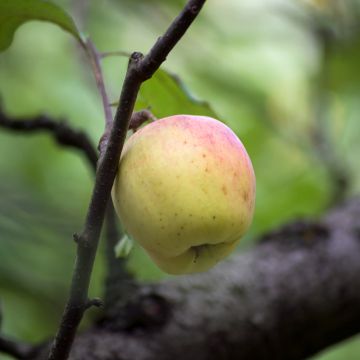
Comments